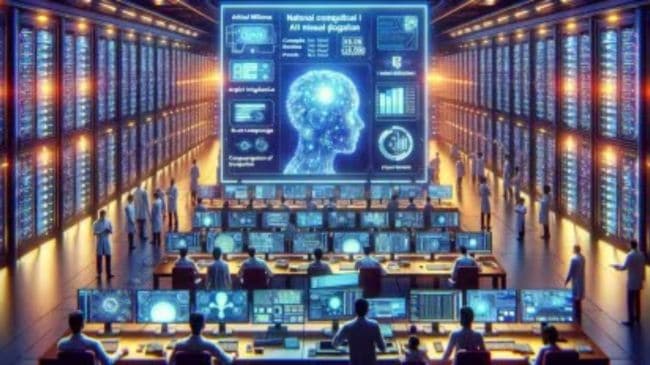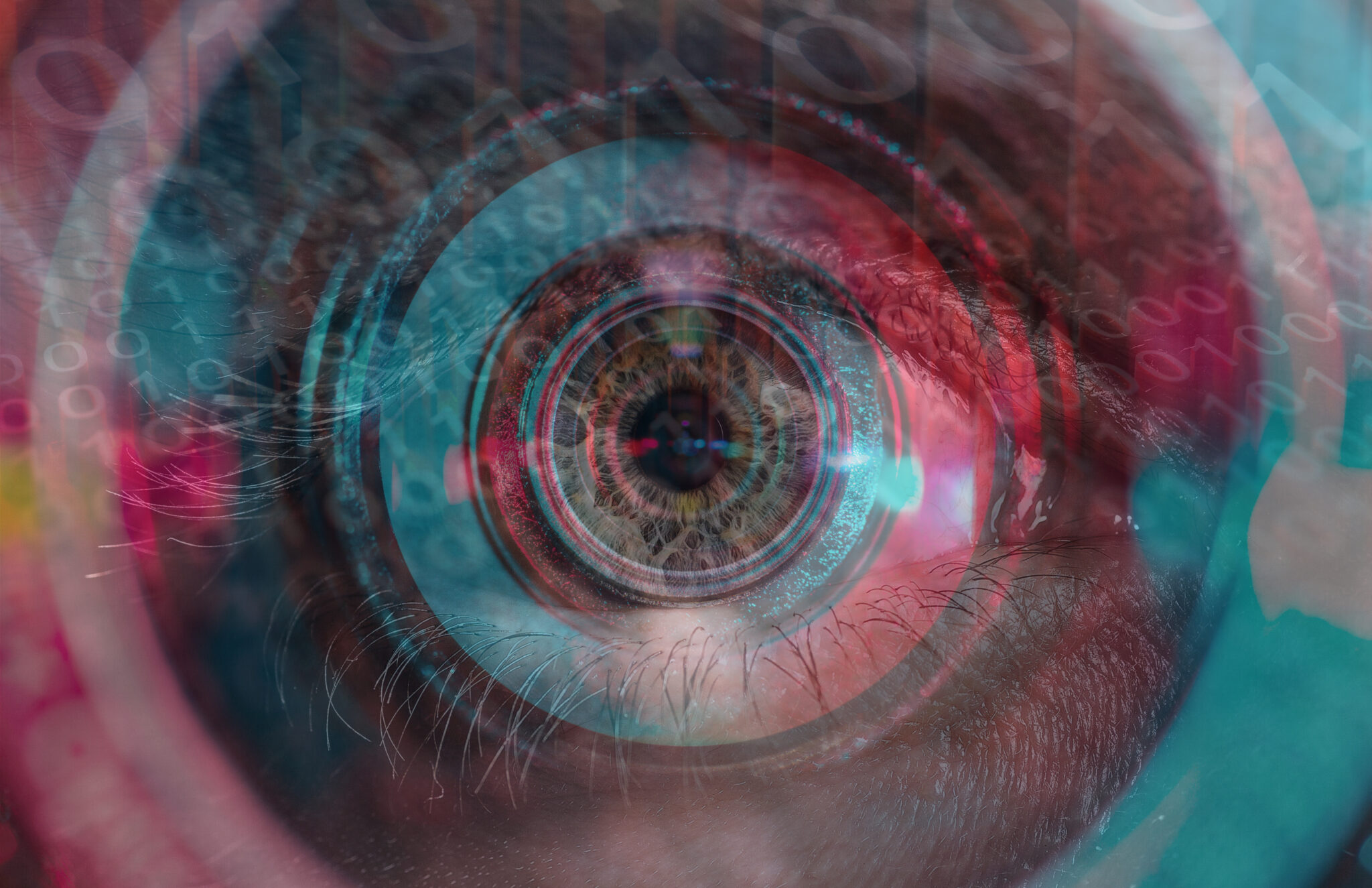Generative AI, also known as artificial intelligence that produces outputs that are similar to those created by humans, has the potential to revolutionize many industries, from healthcare to entertainment. However, the problem of bias in AI has become increasingly apparent, and it poses a significant challenge to the responsible development and use of AI. In this article, we will explore the issue of bias in generative AI and the efforts being made by researchers to address it.
Introduction
Generative AI is a rapidly advancing field of technology that has many potential applications. However, AI systems are only as good as the data they are trained on, and if the data is biased, the AI will be biased as well. This means that AI can perpetuate existing social and cultural biases, resulting in the amplification of stereotypes, discrimination against certain groups, and harm to individuals and society.
Causes of Bias in Generative AI
Bias in AI can arise from multiple sources, including data, algorithms, and users.
Data bias occurs when the training data used to develop AI systems is not representative of the entire population. This can happen because the data is incomplete, inaccurate, or unbalanced in terms of representation. For example, if the training data for a facial recognition system is biased towards a certain race or gender, the system will be more accurate at recognizing those faces than others.
Algorithmic bias refers to the ways in which the design and implementation of AI algorithms can result in biased outputs. This can occur if the algorithm uses biased data, if it is based on inaccurate assumptions, or if it is not designed to consider the needs of all users.
User bias can also play a role in the development of biased AI. This can happen if users provide biased data or if they use the AI in ways that perpetuate biases or stereotypes.
Consequences of Biased AI
The consequences of biased AI can be far-reaching and harmful. Biased AI can reinforce stereotypes and discrimination, leading to negative outcomes for individuals and society. For example, facial recognition systems that are biased towards certain races or genders can result in wrongful arrests or other forms of discrimination. Similarly, biased language models can perpetuate harmful stereotypes and contribute to the marginalization of certain groups.
Efforts to Address Bias in Generative AI
Researchers are actively working to address bias in generative AI through a variety of strategies.
One approach is to increase the diversity of training data used to develop AI systems. This can involve collecting data from a wider range of sources or using data augmentation techniques to generate additional data that reflects the full range of human diversity.
Another strategy is to focus on algorithmic fairness, which involves designing AI algorithms that are more transparent and equitable. This can involve using techniques such as counterfactual reasoning, which involves testing the AI system with hypothetical inputs to identify potential sources of bias.
User education and awareness is also an important aspect of addressing bias in AI. This can involve providing training and resources to users to help them understand the potential biases of AI systems and how to mitigate them.
Challenges in Addressing Bias in Generative AI
Despite these efforts, addressing bias in generative AI remains a significant challenge. One major obstacle is the lack of diverse training data. Collecting and preparing diverse data is a time-consuming and costly process, and there may not be enough data available to fully represent all groups and perspectives.
The complexity of AI algorithms also presents a challenge. AI systems can be difficult to interpret and modify, and it may not always be clear how biases are being introduced or how to remove them.
Resistance to change is another challenge. Some stakeholders may be reluctant to change existing AI systems, even if they are biased, due to concerns about cost, reliability, or other factors.
Conclusion
Generative AI has the potential to revolutionize many industries, but it must be developed and used responsibly to avoid perpetuating biases and harming individuals and society. Addressing bias in AI requires a multi-faceted approach that involves diverse training data, algorithmic fairness, and user education and awareness. However, these efforts face significant challenges, including a lack of diverse data, the complexity of algorithms, and resistance to change. By continuing to work towards unbiased AI, we can ensure that this powerful technology benefits everyone, regardless of their background or identity.









Leave a Reply